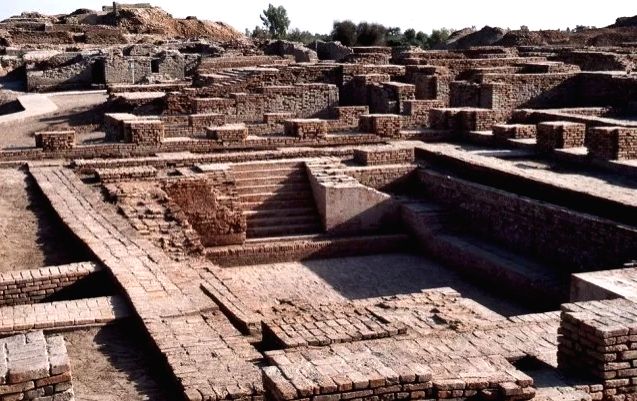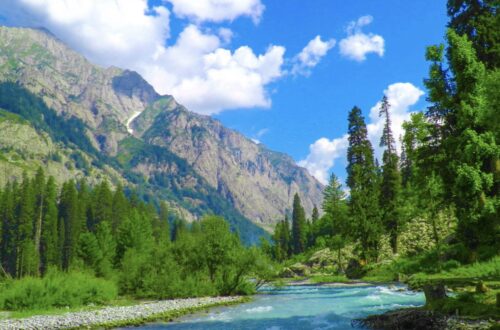situated in present-day Sindh, Pakistan, Mohenjo-Daro is one of the most important archaeological sites from the ancient Indus Valley Civilization (IVC). This civilization, which thrived around 2500 BCE, ranks among the earliest urban societies in history, existing contemporaneously with ancient Egypt and Mesopotamia.
Key Features:
Urban Planning:
- Advanced Drainage System: Mohenjo-Daro featured a complex drainage system, including covered drains, public baths, and wells, reflecting a sophisticated approach to sanitation.
- Grid Layout: The city was organized in a grid pattern, with streets intersecting at right angles, showcasing a remarkable example of ancient urban planning.
Architecture:
- Great Bath: One of the most notable structures is the Great Bath, a large, centrally located tank that may have been used for religious or ceremonial purposes.
- Granary: The presence of large granaries suggests the storage and distribution of surplus grain.
- Residential Buildings: Houses made of baked bricks often featured courtyards and some were two stories high, indicating advanced residential planning.
Artifacts:
- Seals: Numerous seals have been discovered, often depicting animals, possibly used for trade or administrative purposes. These seals feature an undeciphered script that has puzzled scholars for years.
- Statues: The most famous artifact is the “Dancing Girl,” a bronze statuette that highlights the craftsmanship of the civilization’s artisans.
- Pottery: The pottery found at Mohenjo-Daro is finely crafted, often adorned with animal and geometric motifs.
Social Structure:
- The city’s size and complexity suggest a highly organized society with a central administration. The uniformity in brick size and city layout indicates a degree of standardization and governance.
Decline:
- Around 1900 BCE, Mohenjo-Daro began to decline. The reasons for this decline are not entirely understood but could include changes in the Indus River’s course, climatic shifts, or potential invasions by other groups.
Modern Significance:
- Today, Mohenjo-Daro is a UNESCO World Heritage Site, representing Pakistan’s rich historical heritage. However, the site faces challenges from environmental factors and requires ongoing preservation efforts.
Mohenjo-Daro remains a crucial link to understanding the ancient past, providing valuable insights into the life, culture, and technological advancements of one of the world’s earliest urban civilizations.




